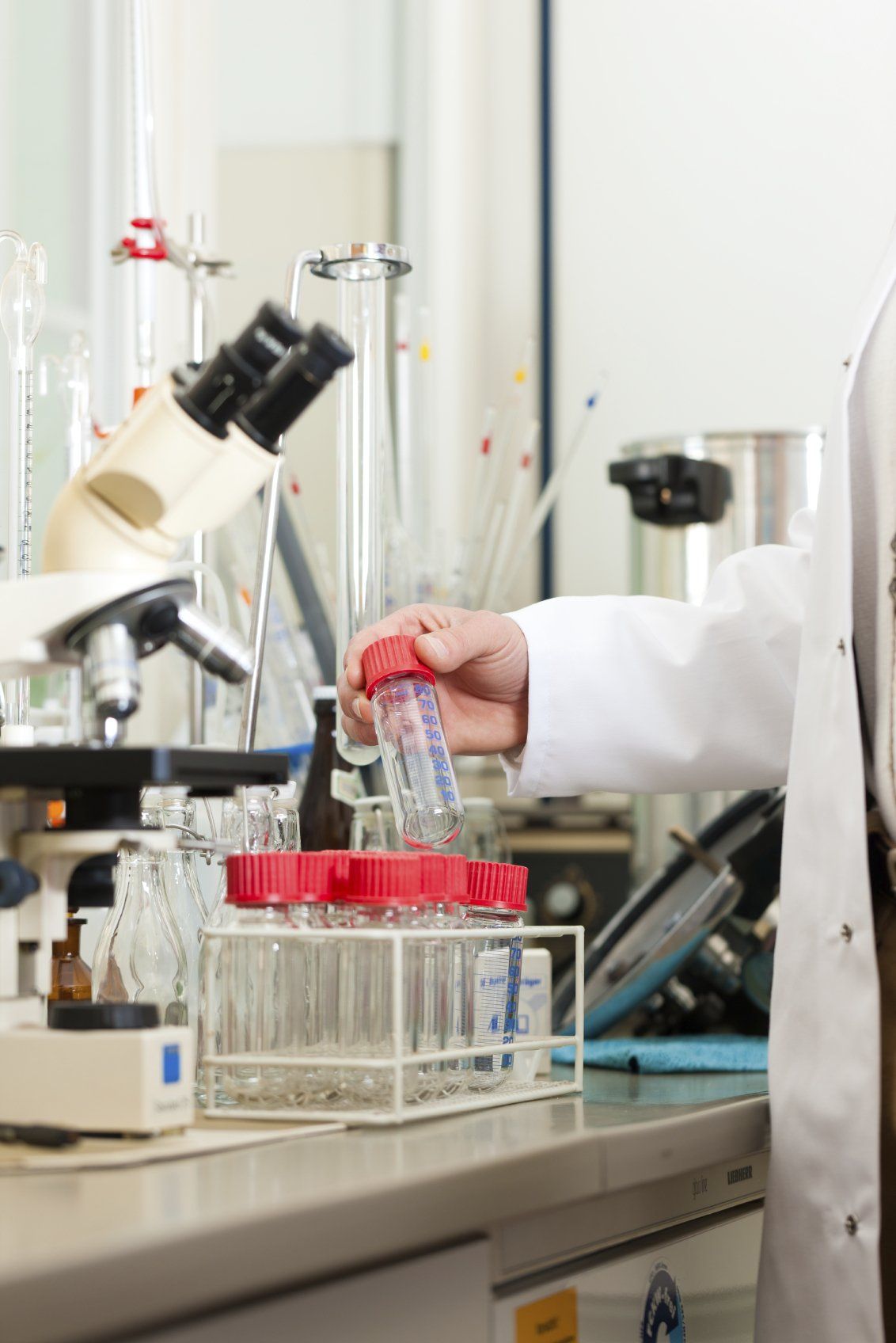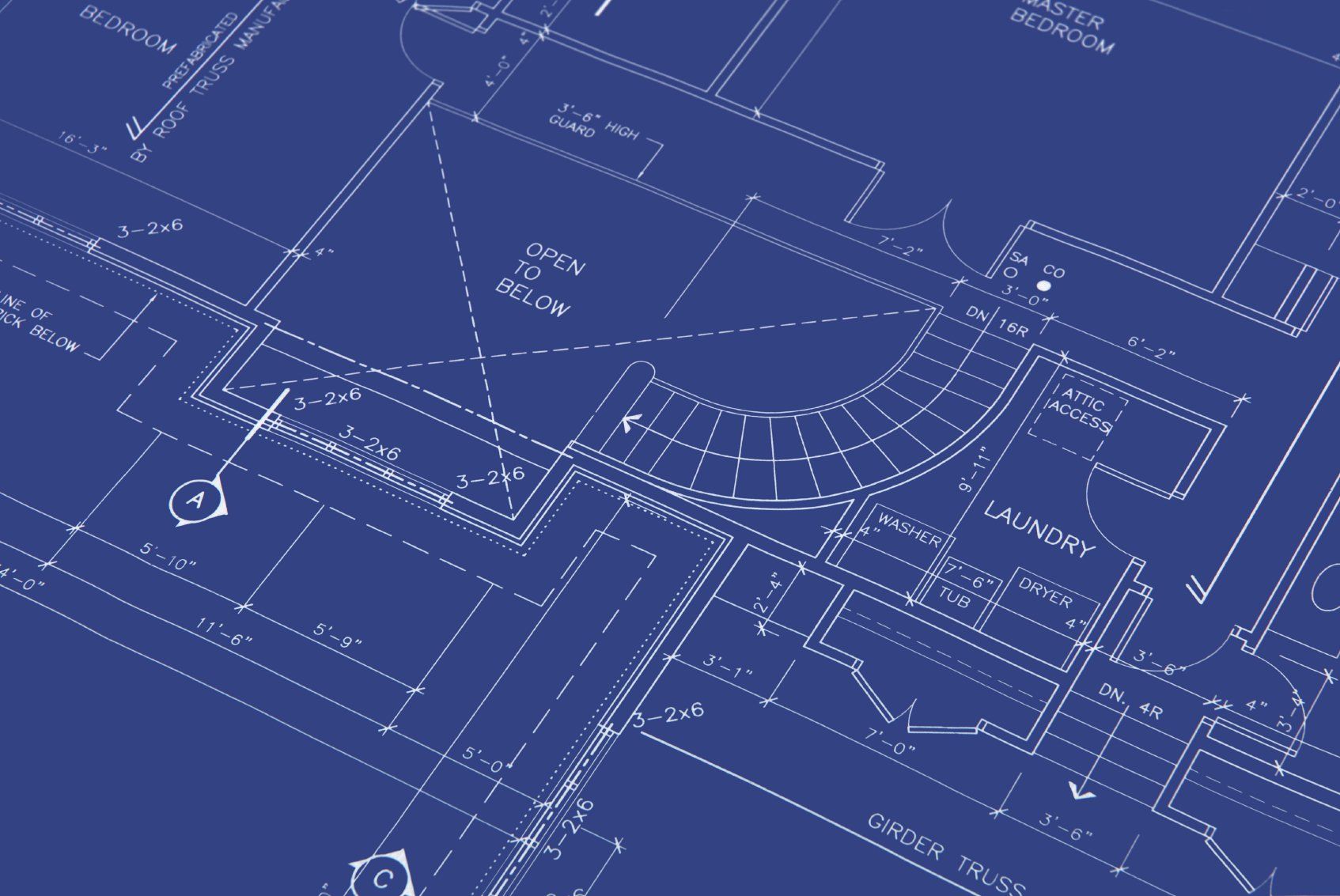CERTification
system


Welcome to EGNATON CERT
EGNATON CERT sees itself as completing the DGNB/BNB certification system.
EGNATON CERT enables a comprehensive assessment system for purchasing, which, due to its complexity and neutral auditing system, could not be set up by a single investor alone. This certification naturally makes adopting the certification principles and system structure a prerequisite.



CERTification
system

CERT
Descriptive profiles

CERTified
products and services
On this page below, you will find a transparent, comprehensive, up-to-date description of the EGNATON certification system CERT. Please start with the menu.
This link will take you to a new page containing the type-specific descriptive profiles of CERT with the respective sustainability criteria for all previous test objects.
Find here an overview of the product and service types that have either already been CERTified, are currently being CERTified or are under discussion for CERTification.
EGNATON CERT system description
5. Administrative requirements
From this menu, you can navigate the online description or download the document in English or German PDF format.
1. Scope
As a result of the development of the DGNB (and the BNB criteria for the certification of laboratory buildings), it became clear that the influence of the technologies used for laboratory processes, i.e. equipment, instruments and facilities, is to be regarded as essential for the sustainability of the socio-technical system of laboratory buildings. On the other hand, the usual disregard for process consumption in different building types leads to an approach that is not holistic for laboratory buildings and is thus of little use for sustainability.
Process-related installations require their consideration in the dimensioning of services and energy supply. Thus, significant savings effects, cost-effective solutions, resource-saving equipment and user safety can only be achieved if laboratory equipment and instruments are developed and operated under sustainability criteria to the same extent as the buildings.
Although laboratory buildings represent only a tiny part of the national and international building stock, their importance for the development of society is considerable. Furthermore, energy consumption in medium-sized laboratories, for example, is similar to that of small towns.
The fulfilment of sustainability criteria is a socio-political demand that research must meet as a driver for developing future sustainable solutions, processes and substances. To enable research to do this, the provision of a sustainable working environment is essential.
2. Objectives
EGNATON CERT focuses on the immediate working environment of laboratory users.
The system boundary is the laboratory room and all devices, instruments or equipment which
In this sense, optimising them under the premise of sustainability is essential.
With the EGNATON - CERT - system, tendering bodies have a tool at their disposal which:
2.1 Improving lab work
Laboratory buildings are workrooms that:
These influencing factors are intrinsically taken into account by sustainable laboratory equipment. Users must be allowed to work sustainably at the highest level, so to speak, mainly without their intervention, with the help of sustainable technologies. This approach achieves the desired socio-political goal and gives users the performance-enhancing feeling that they are making a significant contribution.
2.1.1 Efficiency (economic quality)
Increasing economic quality, efficiency or profitability against the background of an extremely expensive workplace [1] is legitimate and does not affect the demands for free science.
[1] In pharmacology laboratories, the total cost of a laboratory workstation is estimated to be over 250,000€/a.
The faster the results of laboratory work are available, the more favourable the consequences for operators and the population. I.e. all planning and development measures that increase sustainability concerning workplace equipment have positive effects on the economic efficiency of laboratory operation.
2.1.2 Ecological quality
The ecological footprint of a laboratory building - seen as a socio-technical system - is considerable. For researchers, however, it is crucial that the process-related work equipment functions and produces reliable results as quickly as possible. Therefore, planners and operators must optimise the working equipment in terms of efficiency and ecological quality.
2.1.3 Human factors
Since a laboratory is a hazardous workplace, the socio-cultural quality of the BNB/DGNB system is replaced at EGNATON by the umbrella term human factors. I.e. only safe workplaces and analogously safe equipment can be sustainable. This statement meets the already allocated responsibility of operators and employers to provide safe workplaces.
2.2. Improving the sustainability of laboratory buildings
The laboratory building as a socio-technical system requires a holistic view. Therefore, restricting sustainability criteria to the building alone without simultaneously assessing the technical equipment of the devices described in 3. is not only incomplete but of secondary importance, if sustainability is to be realised as an honest concern of builders, operators and users.
2.3 Complementing building certification systems
EGNATON CERT sees itself as completing the building certification systems [2]. This perspective naturally makes adopting the certification principles and the system structure a prerequisite. However, it is now possible to achieve the assessment result, whereby the weighting of EGNATON CERT in the BNB/DGNB system still has to be carried out.
[2]
With respect to DGNB, Leeds or BREAM
Below are the assessment levels of EGNATON CERT analogous to BNB/DGNB:
Level Total degree of fulfilment Minimal degree of fulfilment
Bronze min. 35% -
Silver > 50% min. 35%
Gold > 65% min. 50%
Platinum > 80% min. 65%
2.4 Assistance for procurement
While operating a laboratory building, equipment is purchased at the following times or because of the following reasons:
In terms of initial investment, the laboratory equipment under consideration often falls under cost group 300 and thus into the building owner's budget or the funding agency.
However, it also happens that such equipment is renewed or supplemented during operation since the average time for new developments is only two years, and users need the latest versions. These cases usually strain the budgets of the operators. Therefore, it makes sense to also procure equipment with a proven sustainability level when investing in ongoing operations.
For equipment and buildings, considering the life cycle, the costs cannot be higher than for a piece of non-certified equipment (or construction). Otherwise, the economic quality would not be considered with 22.5% of the total evaluation; in other words, a sustainable building or equipment cannot be more expensive than a non-sustainable one because it would fail in terms of economic quality. Consequently, a piece of laboratory equipment's economic efficiency is assessed appropriately, consensually, transparently and uniformly, and solely with the help of the LCC, which thus represents the ultimate aid in procurement, whether as a first-time replacement or multiple procurements.
EGNATON CERT enables the use of a comprehensive evaluation system for purchasing, which, due to its complexity and its neutral auditing system, could not be set up by a single investor alone.
3. Products in focus
Initially, CERT considered equipment that significantly influences the sustainability of laboratory operation, i.e. equipment with high consumption, including media planned and provided by the technical building equipment, e.g. electricity, water, steam, gases [3]. Therefore, we urge manufacturers of this equipment to subordinate their development to design criteria that promote sustainability, following the individual profiles of the evaluation categories, to score more points. With the market penetration of EGNATON CERT, one can expect sustainable laboratory operation of new and existing buildings soon.
[3] The system could easily be extended to other appliances families, even in other sectors (e.g. hospitals, commercial kitchens).
3.1 Cleaning and sterilisation equipment
This group of units is the high consumption of various services and chemicals, i.e. the operating costs are considerable. In many places, the units run in continuous operation. A typical criterion of this group of units is the large amount of waste heat, which requires corresponding planning measures concerning the buildings. Interruptions in operation would mean the immediate shutdown of entire laboratories or parts.
The product's performance is essential for users' safety and the work's quality and efficiency. The space requirements of these devices play a significant role in floor planning, statics, supply and disposal of consumables (logistics). Their intelligent integration into the workflow must also be considered in planning. In terms of safety, they are subject to special requirements.
3.1.1 Laboratory glasswashers
Cleaning machines for laboratory glassware are indispensable and in use in large numbers. However, their example illustrates the systemic difficulties. On the one hand, we need a well-defined load spectrum of the machine to obtain a test scenario that is as close to practice as possible, and on the other hand, we have to demand specific performance. Moreover, in the case of laboratory glassware washers, a clean wash ware is required, which also presupposes the definition of standard contamination. Therefore, the degree of fulfilment of the requirements plays a significant role and makes all the difference.
--> back to menu
3.1.2 Rack washer
Rack washers are cleaning devices used in animal husbandry, e.g. for cleaning cages and enormous racks. For these and the next group of tunnel washers, the AK KAB (Arbeitskreis Käfigaufbereitung) has already made very far-reaching specifications regarding their performance. Therefore, EGNATON CERT has identified this minimum functional requirement as an approval prerequisite for a certification procedure.
3.1.3 Tunnel washer
These devices, also in animal husbandry, fulfil similar tasks as the rack washers. They have high capacities and are in continuous use in many places. Redundant machines are often available to avoid downtimes.
This equipment group clearly shows why EGNATON CERT does not insist on testing or measuring consumption by neutral test houses. Laboratory equipment is very bulky and heavy; its transport and installation are complex and expensive. Therefore, the applicants test themselves according to EGNATON specifications. The devices are suitable for placing on the market, and there is no time, and the effort would be too high and unsustainable for shipment to test houses. A plausibility check by the auditor ensures that the information is consistent.
3.1.3 Autoclaves
The use and size of autoclaves are diverse. Therefore, there were repetitive discussions about determining the goods to be sterilised.
This group of devices requires a comparatively large number of services for operation; as a result, measurements in the load spectrum are very complex.
3.1.4 Freezer
Many freezers (e.g. in biological laboratories) suggest excellent potential for energy savings. For example, in molecular biology laboratories, freezers can account for up to 5% of total energy consumption. These devices are also significant regarding their sustainable operation by users (freezer management).
3.1.5 Lab Furniture
Laboratory furniture is at the end of EGNATON CERT's work list because furniture does not consume any energy or media during operation. In this respect, laboratory facilities are comparable to building materials. However, we must also consider them when we derive LCA [4] of the entire building.
[4] In all appliance families, applicants receive points when submitting EPDs
--> back to menu
3.1.6 Fume Cupboards
Fume cupboards are, on the one hand, an essential part of safety installations; on the other hand, they are the final device of laboratory ventilation. Therefore, if their total air consumption is below the air requirement of the room, we must provide a separate room to extract air. On the other hand, if total air consumption is higher, for example, in a seminar room with many fume cupboards, the lowest possible air consumption for the energy consumption of the building plays a significant role with the help of design optimisation of the fume cupboard.
Approximately 40 % of the building's energy consumption is for laboratory ventilation. This energy share has enormous cost-saving potential and a decisive influence on laboratory user safety and well-being.
EGNATON CERT requires as a prerequisite for approval conformity with DIN EN 14175 or the performance of the tests described therein - and further tests, e.g. the service life of the sashes or the break-out behaviour under thermal loads.
With the help of the test set-up described in DIN EN, the extent of break-outs is measured, for example. The sash gets the highest score in this prioritised profile if less than 0.05 ppm is measured. Such a result can only happen with a higher air volume – in conjunction with flow-technological measures -as a result of which auditors would award fewer points in the corresponding fact sheet. But this downgrade does not have the same negative effect; i.e. the resulting safety plus is weighted higher.
3.4 Laboratory logistics
Laboratory relocations are often underestimated and neglected, although the impact on sustainability is significant and attributable to the laboratory. EGNATON has decided to subject laboratory moves or their providers to a sustainability assessment. The use of vehicles, their optimisation, and the use of qualified personnel trained in handling hazardous materials, packaging materials and transport containers requires planning effort and experience.
Laboratory relocation is a complex service provided by specialised companies and is subject to the same regulations for handling hazardous substances as laboratory operations.
EGNATON CERT implements sustainability criteria systemically, even though products are not involved.
4. System
The basic structure of EGNATON CERT corresponds to DGNB/BNB (see below). The sub-items do not conform to a specific profile and are only to pass on the contents of the categories:
1. economic quality (22.5%)
a. LCC: Invest. Consumption costs, maintenance costs, personnel costs
b. Spare parts availability and guaranteed spare parts delivery time
2. ecological quality (22.5%)
a. Energy consumption: electricity, steam, heat, gas, media
b. Extract air volume
c. Cooling water quantity and temperature level
d. Quantity of detergents and chemicals consumed,
e. Other service consumption
f. Space consumption/utilised volume and power
g. Heat recovery efficiency
h. Heat load to space
i. Ecological material use, EPD submission
j. Recyclability
k. Take-back and recycling
3. human factors (22.5%)
a. Perception of safety facilities
b. Operability, handling, haptics
c. Height adjustability and operating height
d. Suitability for disabled person
e. User guidance
f. Operating instructions
g. Stress factors - noise, heat, etc.
h. Surface temperature (radiant heat)
4. technical quality (16.25%)
a. Performance - minimum requirements
b. Maintenance accessibility
c. Installation quality
d. Cleanability, sterilisability, freedom from dead space,
e. Modularity
f. Update capability
g. Diagnostics, monitoring, interfaces
h. Service infrastructure
5. process quality (16.25%)
a. ISO 9001 certification
b. ISO 14001 certification
c. Own R & D
d. Training on sustainability and sustainability reporting,
e. Social standards
4.1 Special features
An important distinguishing feature between BNBB/DGNB and EGNATON CERT is the objects considered. This difference results in elements that do not make sense in the other system.
The main distinction is, on the one hand, the individual building at a known location and, on the other hand, devices in large numbers at many unknown locations. Therefore, local parameters such as energy prices, personnel costs, climate conditions, etc. must be standardised to enable transparent evaluation of equipment from different manufacturers.
In DGNB/BNB, the sustainable planning process (of the building) plays a vital role with 16.25 %. EGNATON considers the manufacturing process under the category of process quality. The method also comprises the fulfilment of social standards.
The EGNATON CERT certificate is valid for a period of 5 years.
4.1.1 Typ test
The EGNATON CERT test is the type test of a specific version of a device family. Therefore, it requires the consensual cooperation of the market participants, i.e. manufacturers, users and planners, when compiling the device family-dependent profiles. This condition prevents that:
In contrast to norms or standards, EGNATON CERT evaluates the execution, and overall performance of the device and the manufacturer, i.e. the degree of fulfilment is decisive for the final score. Therefore, EGNATON strives for agreement in the EGNATON working groups on what is necessary and desirable.
4.1.2 Load spectrum
The load spectrum is the reference scenario of use to which every measurement and statement refers.
Defining the load spectrum or the load changes is difficult, especially for laboratory equipment used in a working environment that could not be more different. Furthermore, research is inherently innovative, so the work equipment is also subject to continuously changing requirements. Moreover, The laboratory equipment is subject to constant change.
The load spectrum of a laboratory device is completely non-uniform. Still, it should be as close to reality as possible in supplying reliable consumption data to be recognised by all market participants in the first place.
The corresponding experts carefully created the load spectrum in all unit families. As a result, usage data, such as daily or annual working hours, are the same for all unit families. In some cases, load spectra, e.g. for rack and tunnel washers, are already available in other certifications or standards and could be adopted.
4.1.3 Location
Except for individual certifications, the device's location is unknown at the time of the audit. However, should the end customer require an adapted certificate for his appliance, CERT can assess with the available local data.
The country of the installation site plays a particular role insofar as the certificate is only valid for the countries named by the applicant. For these, the manufacturer must specify maintenance structures and guarantee times within which he delivers a spare part to the installation site.
4.1.4 Minimum requirements
EGNATON CERT applies minimum requirements for laboratory equipment, such as function, fulfilment of safety standards or conformity to standards, if relevant standards and codes are available. The performance of the required tests is also mandatory. In the course of the certification procedure, the applicant must, therefore, first check whether it meets the minimum requirements. Otherwise, an application would be obsolete. Fact sheet 4a specifies the minimum standards for all device families.
The results of the tests - always related to the load spectrum - are evaluated in the different fact sheets.
4.1.5 General requirements for the LCC
The evaluation of life cycle costs is an essential characteristic of the system. In tenders for EGNATON CERT certified equipment, the economic efficiency of the product is calculated and weighted according to reasonable standards of an LCC calculation with the BNB/DGNB method. Thus EGNATON CERT meets the widespread demand to use not only the price but also the life cycle costs as a characteristic of economic efficiency when evaluating offers [5].
The reference value in LCC is the service life. Its reliable determination is critical and almost impossible. Therefore, a useful fiscal life, i.e. the depreciation period, is calculated depending on the equipment.
For equal treatment, the prices for resources and the load spectrum are constant and determined by EGNATON alone, regardless of the installation site. EGNATON auditors calculate the LCC. The data are protected.
[5] § 97 GWB, §2 und §43 Abs. 4 UVgO, §59 VGV (German laws)
If a customer needs the LCC with his local data (also possibly the lifetime), he can request this for a fee. However, the individual LCC data does not influence the points awarded for certification.
4.1.6 Safety standards
The change of the category socio-cultural quality in the BNB/DGNB system to the category human factors expresses the importance of user safety.
Laboratory equipment must be exceptionally safe. Therefore, particular importance is attached to this circumstance when awarding points.
For all equipment families, the applicant must submit a risk assessment or make it available for inspection by the auditors.
4.2 Characters
There was an attempt to create profiles with quantitative measurement parameters. The auditor's test is primarily a plausibility test that ensures the consistency of the information (e.g. also 2nd law of thermodynamics or similar).
Each profile awards a maximum of 30 credits. The English version always applies.
Example:
Character no. 2b, category 2 Ecological quality, equipment family Autoclaves
Autoclaves Version:2020/2 Character serial Page 1/1
01_28_2020 number: 2b
Category: 2 Ecological Quality Character: Consumables - Water
Rating qualitative
Rating quantitative X
Objective: It is the goal to reduce water consumption
Water consumables used by lab autoclaves: WDC/Water Demineralized Cold, Water
Nonpotable Cold/WNC
Method:
Measuring with calibrated measuring units or calculation by the manufacturer.
Plausibility check by third-party test house. In-house test by third-party test house if not plausible.
Rating:
WDC < x l = 7 credit points
WDC < x l = 5 credit points
WDC < x l = 3 credit points
WNC < x l = 7 credit points
WNC < x l = 5 credit points
WNC < x l = 3 credit points
Assessment:
15% of the category is equivalent 3,38% of the total assessment
Rating
The rating mentions the possible credit points corresponding to the water consumption. In this case, the final allocation of points is only determined after the so-called pilot phase, when the measured values from at least two tests are available.
Assessment
The weight of the assessment from this profile is 5.63 % of the total evaluation.
The example clearly shows that manufacturers can aim for desired certification levels in developing new appliances with the help of targets, e.g. with a specific target consumption of "Water nonpotable".
5. Administrative requirements
In developing the characters, EGNATON followed the recommendations of the Competence Centre for
Sustainable Procurement and had the conformity of the procedure with §34 VGV determined by a lawyer.
The working steps for the preparation of the certification criteria take place as indicated in the following table:
Step Responsibility Tool Aim
1st Step General work group, Meetings General structure
TV
Decision Technical committee Meetings Definition, devices, specification
(TC)
Invitation Management, chaiman Web Site, personally, hints Groupformation
Equipment family, Management, chaiman Meetings Strategy, motivation
characters
1st Meeting Management Election of chairman Content
2nd Meeting Management, chairman Distribution of tasks, talks Content
Pilot phase Management, Measurements, tests Contracts,results
applicant, group
Certification Management, auditors Characters Certificate
Up Date Management, group Meetings Up date of systema
5.1 Application
Any manufacturer of laboratory equipment for which an EGNATON evaluation system is available can apply for a certificate. In addition, manufacturers of laboratory equipment for which there is not yet an EGNATON evaluation system may submit a request to develop evaluation criteria. EGNATON will then decide on this, provided a representative working group of experts and other manufacturers is available.
The application for certification of a device triggers the conclusion of a certification contract. The applicant receives the documents from EGNATON and carries out the measurements. EGNATON reserves the right to send a representative to the test runs entitled to apply for certification.
The applicant completes the necessary declarations of conformity and a questionnaire. The applicant provides the documents required for the individual characters (e.g. proof and organisation of the warehousing management), certificates (e.g. for the environmental management system), and declarations of conformity and fills out the questionnaire. The questionnaire contains the requirements from the individual characters, which the applicant enters for a last check by the auditor. The questionnaire is part of the EGNATON CERT certification document.
6. Release
For obvious reasons, the applicants have particular economic interests in participating in the certification process. European procurement procedures expect better sales opportunities for certified equipment and consideration of certificates in public and private tenders.
There is, therefore, an expectation among EGNATON members and beyond to motivate planners, architects, public and private builders and investors to use EGNATON CERT in the context of sustainable Procurement and to put certified equipment out to tender. Public tenders and Procurement must follow the regulations from § 97 GWB, §2 and §43 para. 4 UVgO, §59 VGV and accordingly recognise life cycle calculations as evaluation criteria.
In this respect:
Furthermore, it is possible to retrieve limit values from EGNATON CERT or unassessed measurement results from manufacturers and use them for planning purposes.
In this respect, the characteristic consumption data described by EGNATON CERT and their measurement methods represent an alternative requirement that manufacturers must fulfil in principle if at least two suppliers cannot present a complete EGNATON CERT certificate. This result at least enables a realistic comparison of devices from different manufacturers and allows to determine the CO2 consumption during the life span.
Others
Imprint
Privacy
Contact Download Members only
Copyright © 2025 EGNATON e.V. Im Eichenböhl, D-64625 Bensheim/Germany +49 2153 9098 941
View background
Laboratories change dynamically, partly continuously, and partly disruptively.
EGNATON strives for sustainable answers to emergent changes.

EGNATON's goal is to create international leadership for sustainable German-European laboratory technologies.























































































Do you want to become a member? --> Statutes of the Association --> Original statutes (in German) --> Scale of fees --> Logo Guidlines --> Membership application form